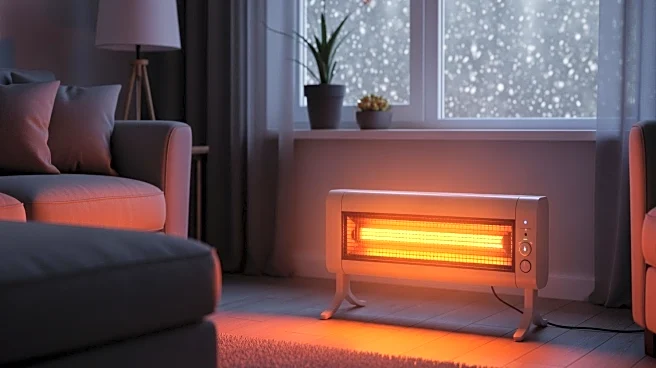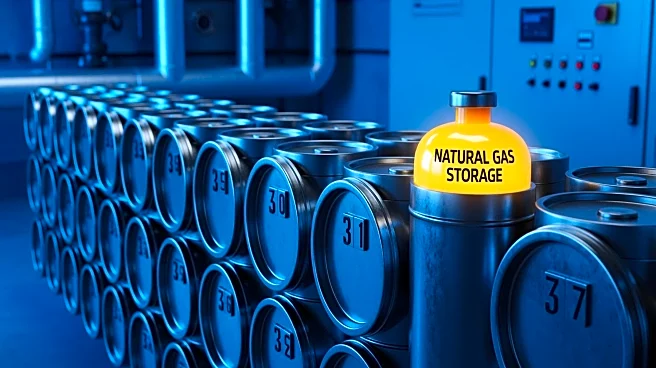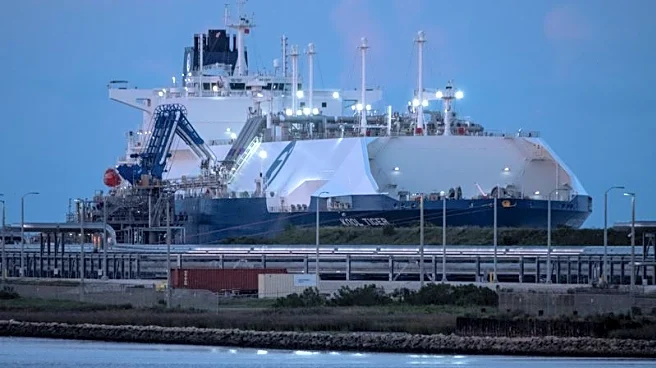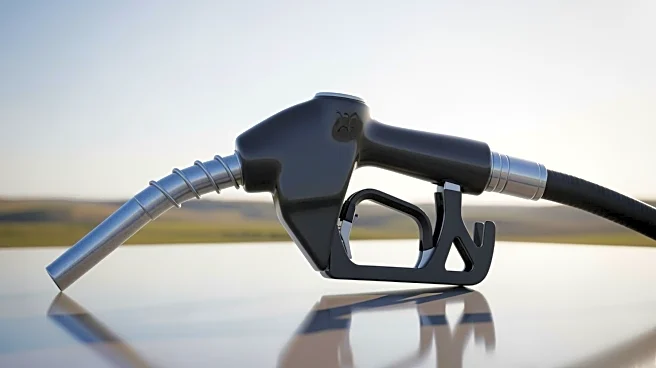What's Happening?
The U.S. Energy Information Administration (EIA) has released forecasts indicating that Americans using electric heaters to warm their homes this winter may experience a 4% increase in costs compared to last
year. This rise is attributed to the widespread use of electricity for heating, particularly in the southern United States, where 43% of homes rely on it. In contrast, natural gas, which is used by 46% of homes, is expected to see a 1% decrease in costs. Propane and heating oil, used by a smaller percentage of homes, are also projected to decrease in cost by 9% and 8%, respectively. The EIA's predictions are based on the expectation of a slightly milder winter compared to last year, which could influence energy consumption and prices.
Why It's Important?
The anticipated increase in heating costs for homes using electricity could add financial strain to many American households already facing rising healthcare and other living expenses. The impact is particularly significant in regions heavily reliant on electric heating. Conversely, the expected decrease in costs for natural gas, propane, and heating oil could provide some relief to those using these energy sources. The EIA's forecast highlights the broader economic implications of energy price fluctuations, which can affect household budgets and consumer spending patterns across the country.
What's Next?
The EIA's forecast suggests that if the winter is 10% colder than expected, the cost of electric heating could rise by as much as 9% in the Midwest, with an average increase of 8% nationwide. Conversely, a winter 10% warmer than predicted could result in no change in costs for several regions, with only a 1% average increase. These potential variations underscore the importance of weather patterns in determining energy costs and the need for consumers to prepare for possible fluctuations in their heating bills.













